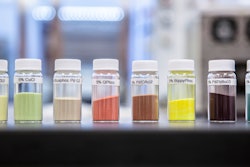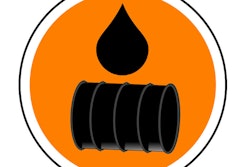ExxonMobil subsidiary XTO Energy Inc. has reduced methane emissions from its operations by nine percent since 2016, demonstrating significant progress in its methane emissions reduction program and other initiatives.
Of that amount, a reduction of close to four percent, or more than 7,200 metric tons of methane, was achieved through XTO’s voluntary program and other operational improvements, XTO President Sara Ortwein said at the World Gas Conference in Washington, D.C. Across ExxonMobil operations, the reduction equates to a two percent reduction.
Through its continued efforts, XTO will contribute to ExxonMobil’s measures to reduce methane emissions across its worldwide operations by 15 percent by 2020.
In 2017, XTO implemented a methane management program to mitigate emissions associated with its operations. The program includes a commitment to phase out high-bleed pneumatic devices over three years, extensive personnel training, research and facility design improvements for new operations.
“Over the past nine months, we’ve gained significant insight from the data collected through our methane management program,” said Ortwein. “We are building on what we have learned to make continued progress in reducing emissions and identifying areas for further improvement.”
To date, XTO has phased out approximately two-thirds of existing high-bleed pneumatic devices across its U.S. operations. Low-emission design technologies are also being deployed in new developments, such as in the Permian Basin in west Texas and New Mexico. These technologies include improved tank emission control design and installing instrument air packages, which use compressed air instead of natural gas to actuate pneumatic controllers, at new tank batteries and compressor stations.
Through the company’s expanded leak-detection-and-repair program, progress has been made in verifying data and identifying components with high potential for leakage, and this data will be used to continue to prioritize equipment for replacement or implementation in new designs.
In April, XTO began a pilot program at its James Ranch facility in New Mexico to evaluate new technologies in its efforts to reduce emissions. The facility incorporates low-emission technologies and will serve as a model for future development.
The company has also partnered with organizations working to develop technologies to further reduce emissions. These partnerships include advising on the Stanford University and Environmental Defense Fund Mobile Monitoring Challenge, and participating in studies conducted by the U.S. Department of Energy, Colorado State University, and the U.S. Environmental Protection Agency’s Oil and Gas Initiative.
(Source: ExxonMobil)






















